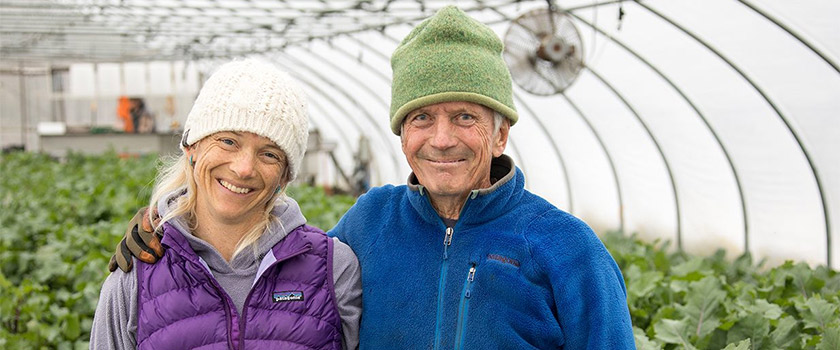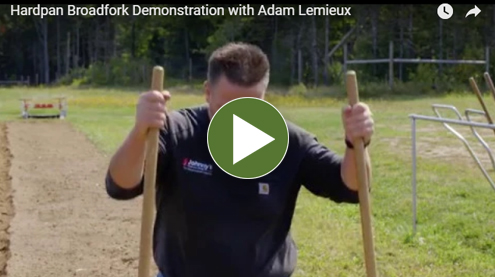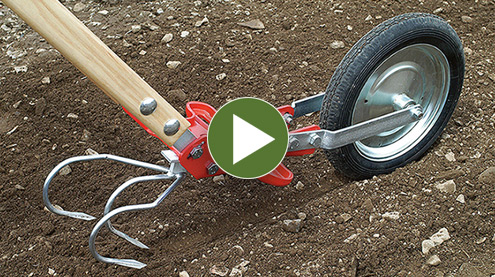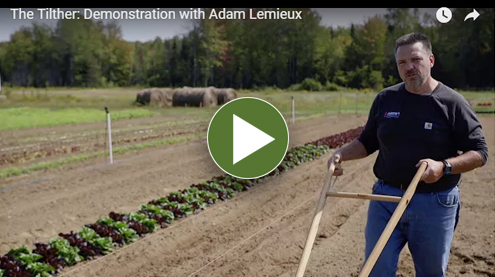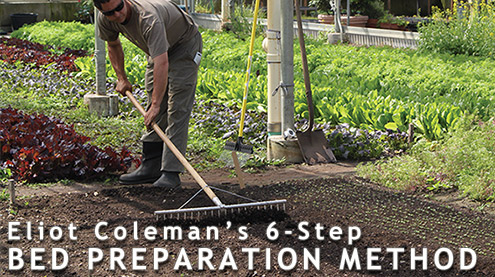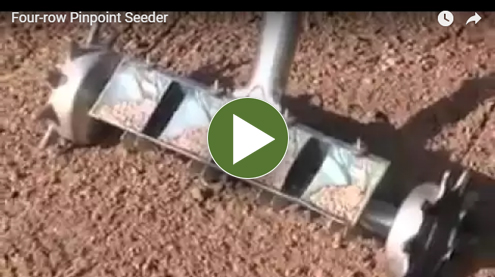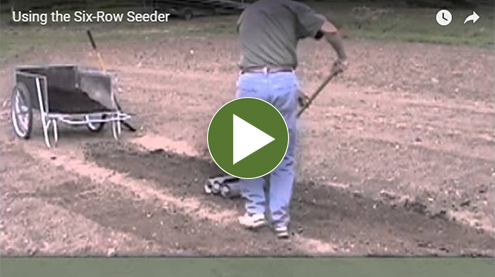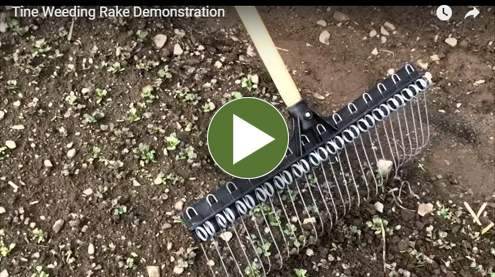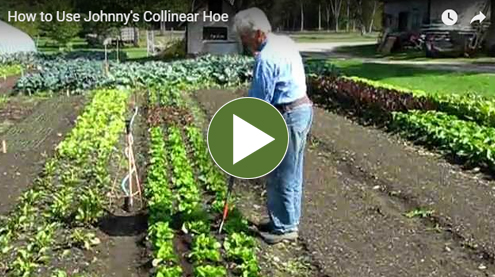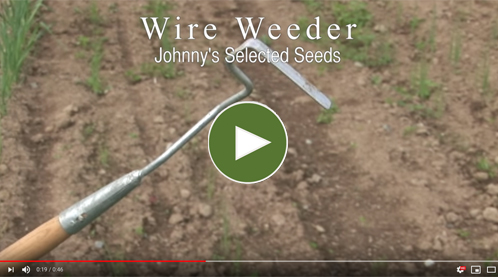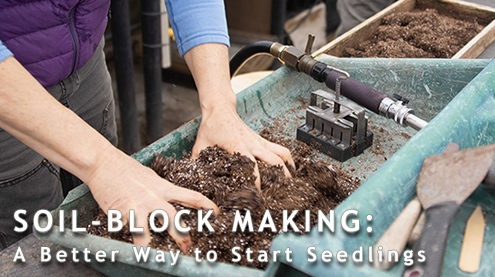- Johnny's Farm Visits & Grower Profiles
- Johnny's 2021 Grower Profiles
- Johnny's 2020 Grower Profiles
- Johnny's Tools Advisor Eliot Coleman: Celebrating Over 20 Years of Partnership | Johnny's Selected Seeds
- Late-Summer Recipe Preview with Farmer-Chef Frank Giglio | Three Lily Farm, Thorndike, Maine
- Johnny's Selected Seeds Visits Martha Stewart's Farm in the Hudson River Valley
- Javier Zamora of Javier Sanchez Medina (JSM) Organics Farms | Royal Oaks, California | Johnny's Farm Visits & Grower Profiles
- Farm Visit: 4-Town Farm, Seekonk, Massachusetts | Johnny's Selected Seeds 40th Anniversary
- Grower Profile: Selwood Green, Walton & Halifax, Nova Scotia, Canada | Johnny's Selected Seeds 40th Anniversary
- Grower Profile: Peach Crest Farm & Cooper Organics, Stratford, Oklahoma | Johnny's Selected Seeds 40th Anniversary
- Farm Visit: Paradise Farms Organics - Homestead, Florida | Johnny's Selected Seeds 40th Anniversary
- Grower Profile: Growing Power Urban Farm - Milwaukee & Madison, WI & Chicago, IL | Johnny's Selected Seeds 40th Anniversary
- Grower Profile: Slegers Greenhouses - Strathroy, Ontario, Canada | Johnny's Selected Seeds 40th Anniversary
- Grower Profile: Gathering Together Farm - Philomath, Oregon | Johnny's Selected Seeds 40th Anniversary
- Grower Profile: Pleasant Valley Farm - Argyle, New York | Johnny's Selected Seeds 40th Anniversary
- Farm Visit: Mark's Melon Patch – Dawson, Georgia | Johnny's Selected Seeds 40th Anniversary
- Grower Profile: Louie's Pumpkin Patch - Skövde, Sweden | Johnny's Selected Seeds 40th Anniversary
- Grower Profile: Living Water Farms - Strawn, Illinois | Johnny's Selected Seeds 40th Anniversary
- Farm Visit: Circle Fresh Farms - Denver, Colorado | Johnny's Selected Seeds 40th Anniversary
- Grower Profile: Freedom Farm - Freedom, Maine | Johnny's Selected Seeds 40th Anniversary
Ergonomic tool design for year-round, scalable vegetable production
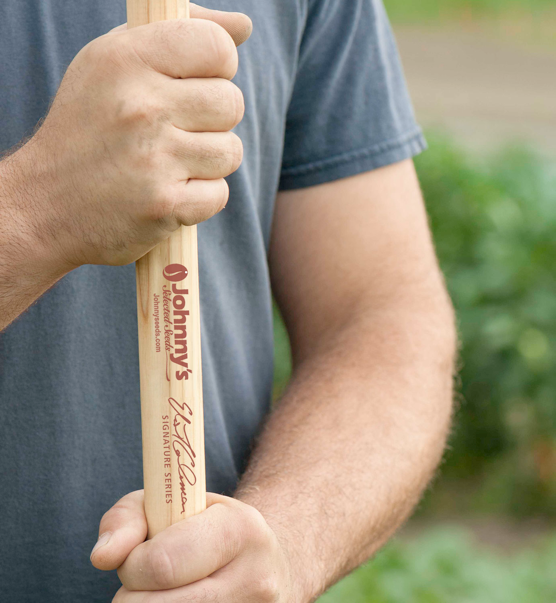
"I want to encourage all growers to look beyond the tools that are readily available and hunt up unique tools or create their own to make their work on their farm easier and more pleasant. There are lots of other growers out there looking to pioneer new systems and new crops who can benefit from your ideas and who can in turn inspire you with theirs. We need to invent the future of small farming by ourselves to make all of us more efficient."
— Eliot Coleman (2004)
Johnny's Research Department is honored to work together with Eliot Coleman to develop and test tools of superior design and performance for our home and market garden customers — we know you appreciate high quality and lasting value.
Forged over two decades ago by our founder and CEO, Rob Johnston, Jr., Johnny's partnership with Eliot is predicated on common core values:
- Advocacy for small-scale sustainable agriculture.
- A strong commitment to sharing knowledge.
- A passion for ergonomic tool design and development.
In more recent years, Eliot's daughter Clara, manager of Four Season Farm, has also consulted with Johnny's, providing us with invaluable input and feedback to our tool design and trialing projects.
Eliot's designs and recommendations can be found throughout the Tools & Supplies section of our site and catalogs. Learn more about the time- and labor-saving tools that make up series through the videos and articles listed below.
— Eliot Coleman, pp 136–137, The Winter Harvest Handbook
— Eliot Coleman, JSS Advantage (2004)
— Eliot Coleman, JSS Advantage (2004)
— Eliot Coleman, JSS Advantage (2004)
— Eliot Coleman, JSS Advantage (2004)
— Eliot Coleman, p 150, The Winter Harvest Handbook (2009)
— Eliot Coleman, p 163, The New Organic Grower (1989, 1995)
— Eliot Coleman, JSS Advantage (2004)
Video Courtesy of Eric Gallandt, University of Maine Weed Ecology / Northeast SARE
Learn more about Four Season Farm and the principles that make for its year-round success.


